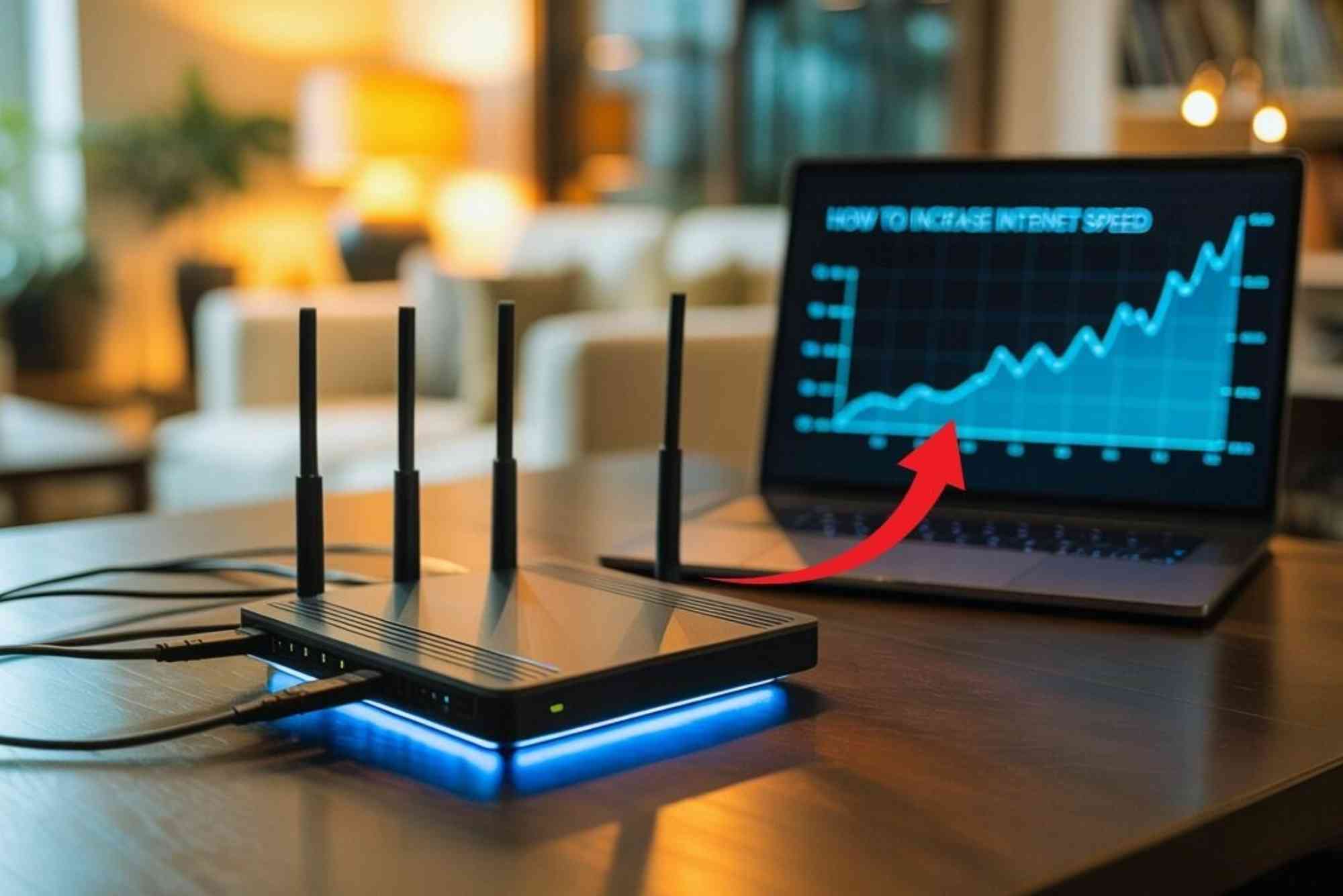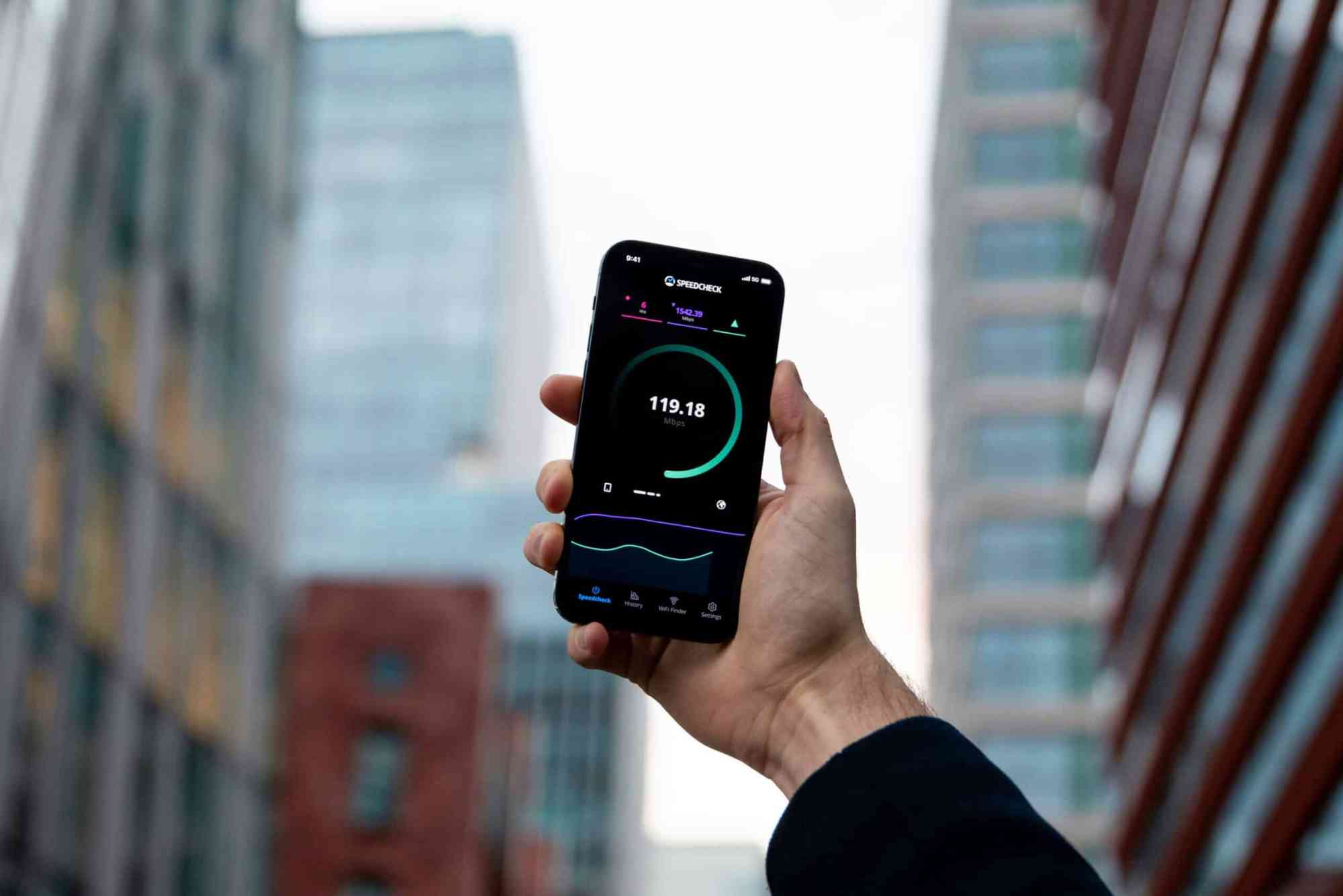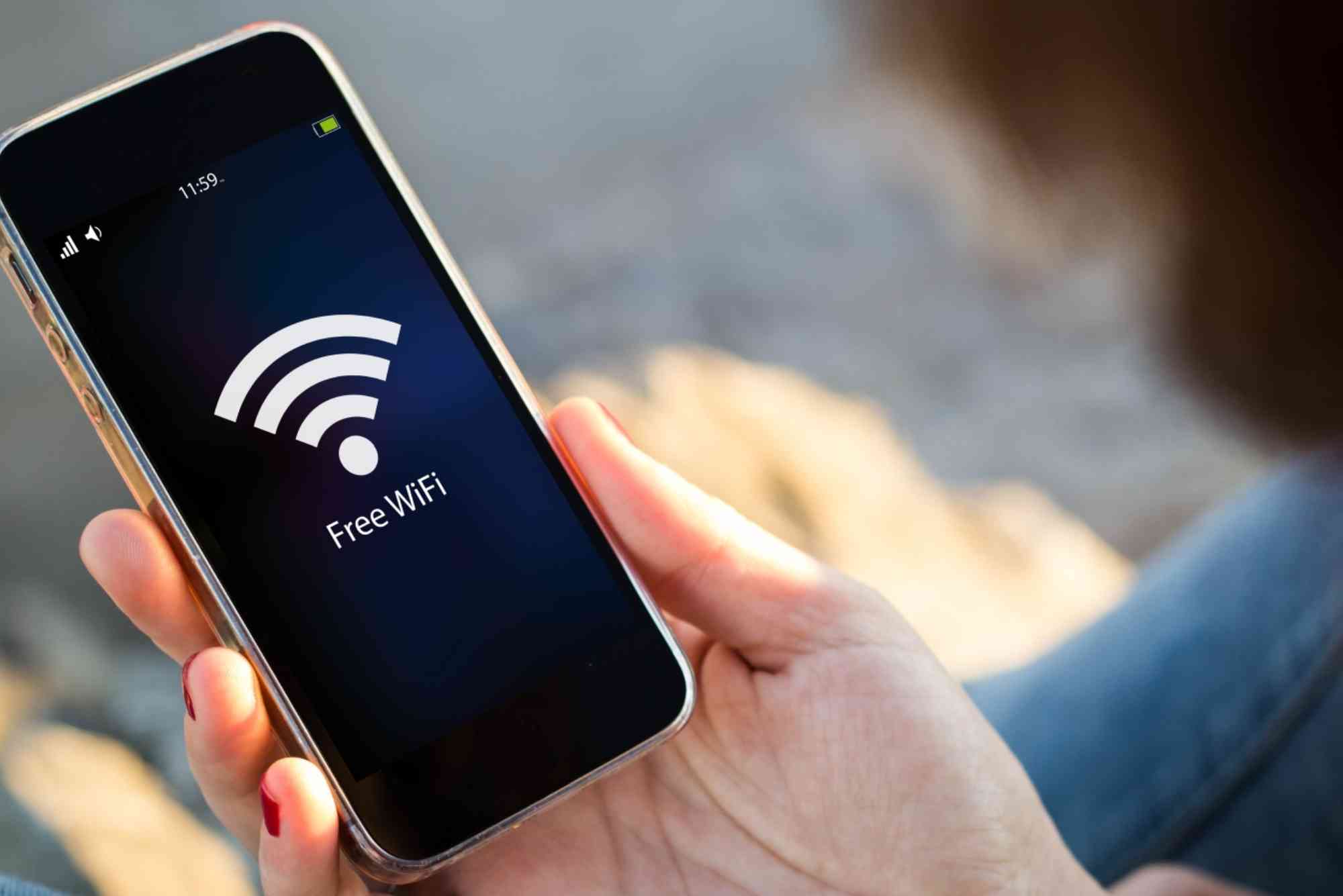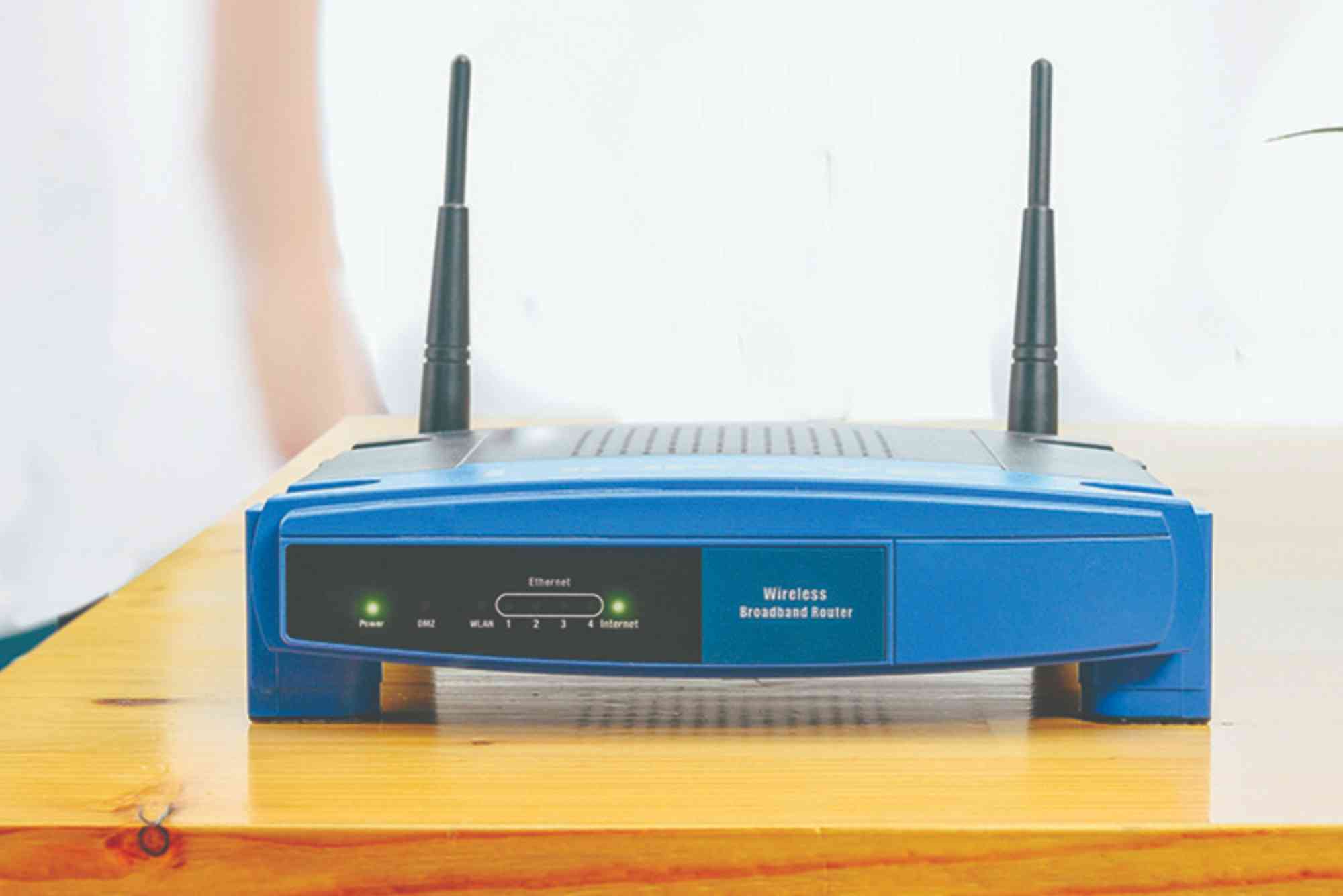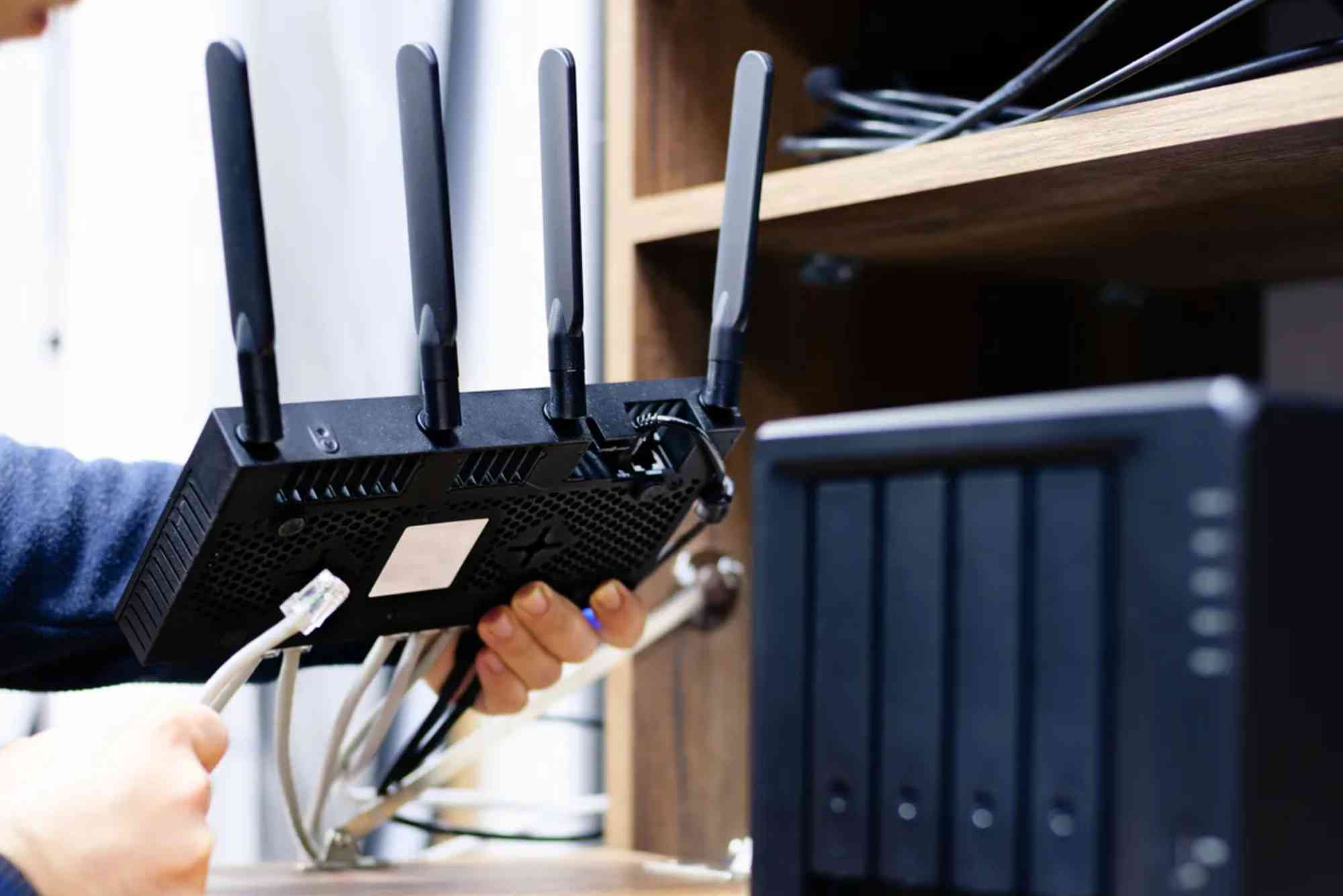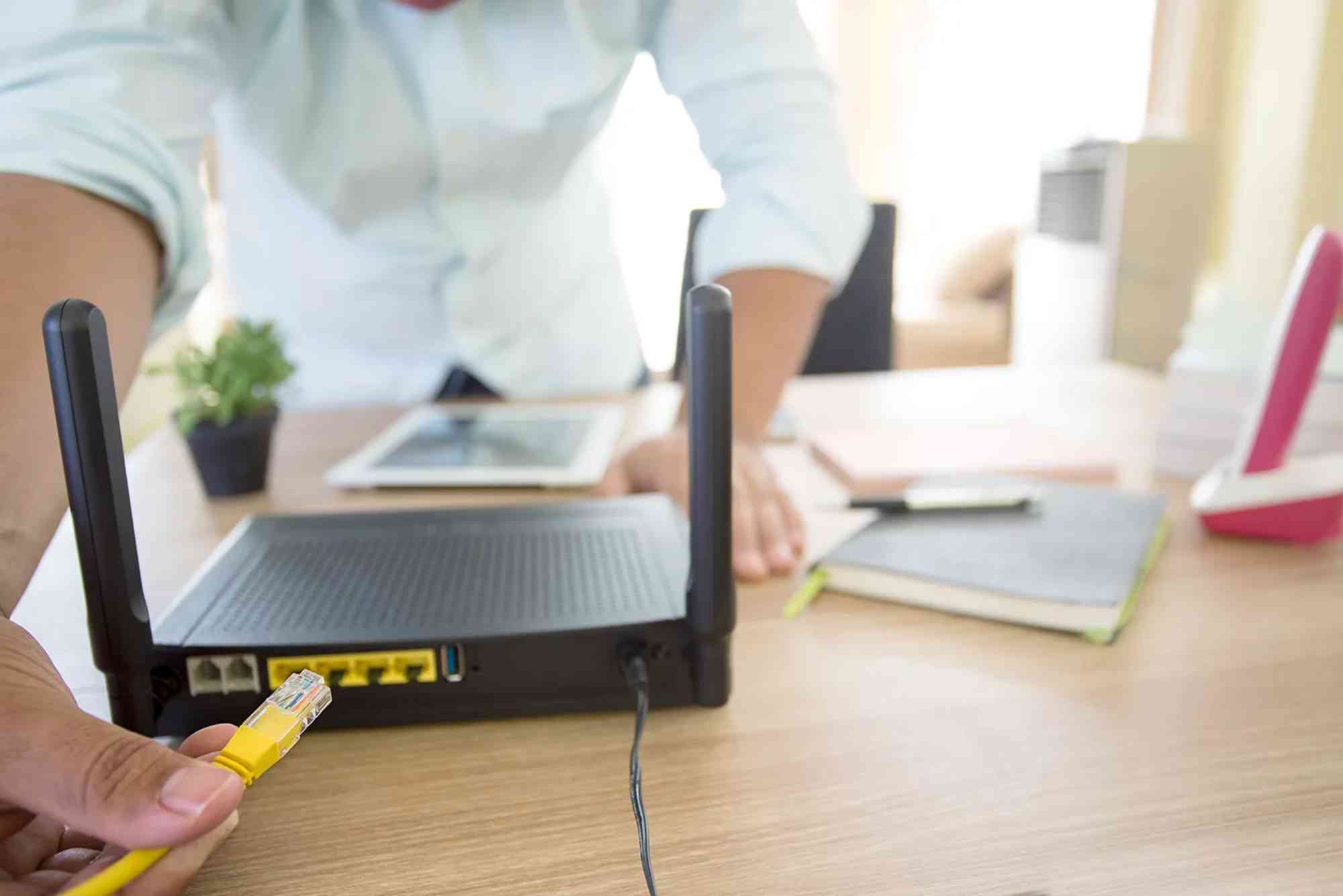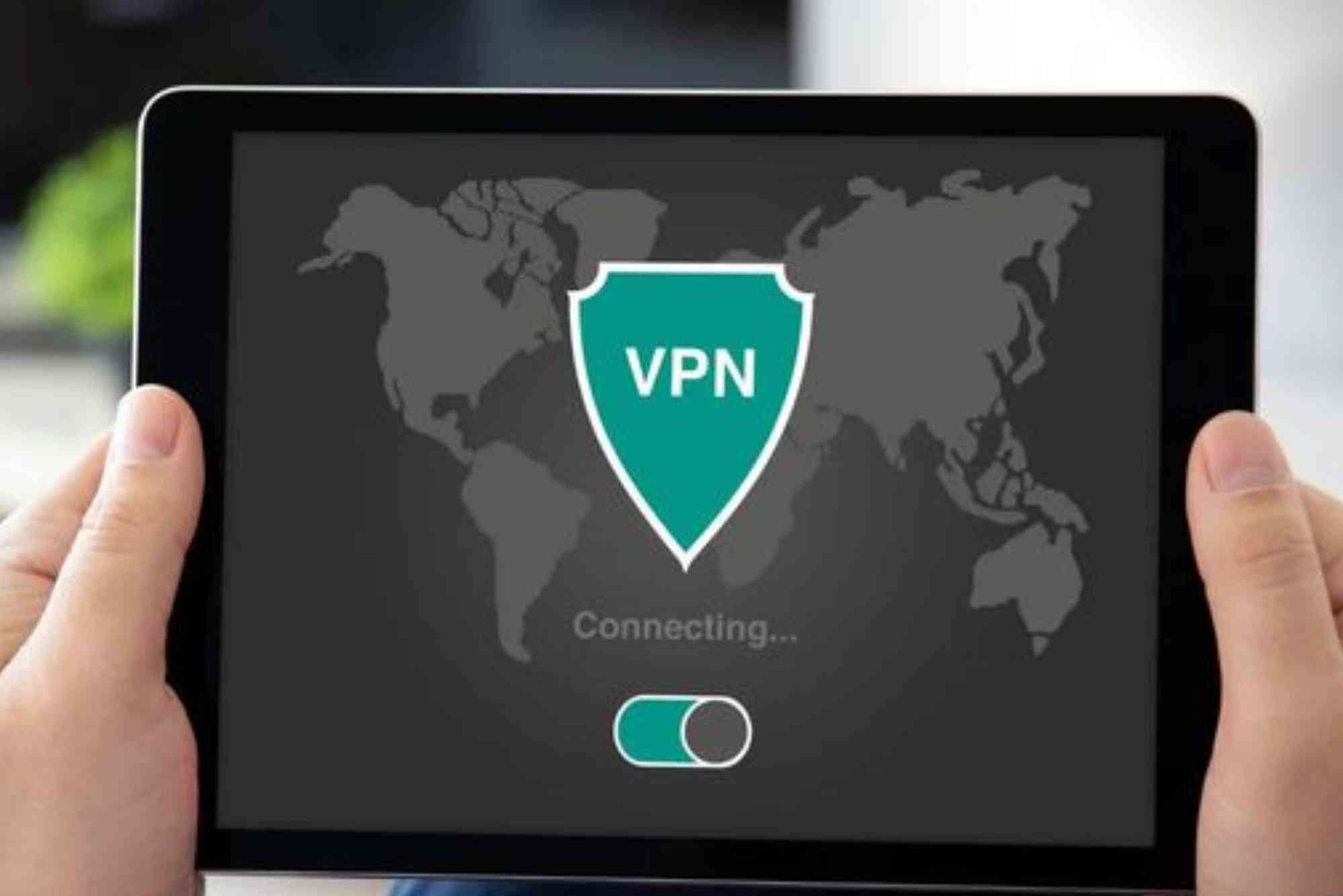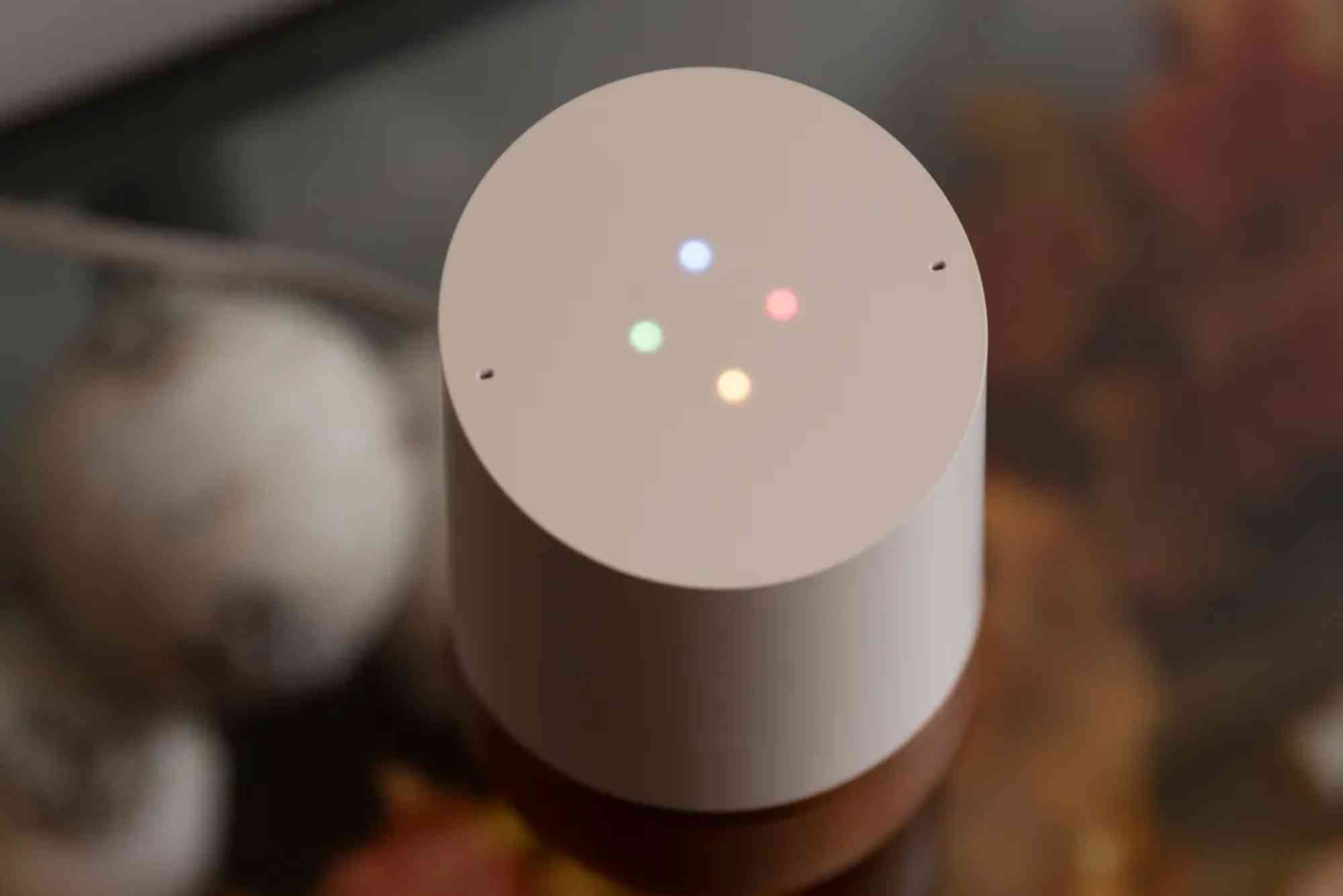Cable vs Fiber Optic Internet Cost Comparison
In today’s digital age, choosing the right internet connection is more important than ever. When comparing cable internet vs fiber optic cost, many users wonder which option delivers the best value for their money. Both technologies come with unique benefits, pricing structures, and long-term considerations.
This guide explores the cost differences, speed benefits, installation fees, and overall value of cable and fiber optic internet. By the end, you’ll know which option fits your lifestyle and budget.
Understanding Cable Internet vs Fiber Optic
Before comparing cable internet vs fiber optic cost, it’s essential to understand how each technology works.
What is Cable Internet?
Cable internet uses the same coaxial cables that deliver cable TV. It’s widely available and often bundled with TV services. Speeds range from 25 Mbps to 1 Gbps, depending on the provider and plan.
What is Fiber Optic Internet?
Fiber optic internet transmits data through thin strands of glass using light signals. This makes it faster, more reliable, and capable of handling symmetrical speeds up to 10 Gbps in some areas.
Cable Internet vs Fiber Optic Cost Breakdown
When choosing between the two, price is usually the first concern. Let’s break down the costs.
Monthly Subscription Costs
- Cable Internet: $40–$80 per month for standard speeds (100–500 Mbps). Higher-tier plans can go above $100.
- Fiber Optic Internet: $50–$100 per month for symmetrical speeds (300 Mbps to 1 Gbps). Gigabit plans often cost the same as cable’s top tiers.
Takeaway: Cable may look cheaper at entry-level, but fiber often delivers better value per Mbps.
Installation and Setup Fees
- Cable: Installation fees range from $50–$100, though many providers waive them with promotions.
- Fiber: Installation can cost $100–$200, since it requires specialized equipment. However, some providers offer free setup for new customers.
Equipment Costs
- Cable: Requires a modem and router. Renting equipment costs $10–$15 monthly.
- Fiber: Needs an Optical Network Terminal (ONT) and router. Equipment fees vary but can be bundled into monthly costs.
Performance vs Cost Value
Cost isn’t just about monthly bills. Performance plays a big role in overall value.
Speed and Reliability
- Cable Internet: Download speeds are strong, but upload speeds are usually lower (10–50 Mbps). Peak-hour slowdowns can occur.
- Fiber Internet: Offers symmetrical speeds, meaning upload matches download. It’s ideal for remote work, streaming, and gaming.
Long-Term Cost Efficiency
While cable seems affordable at first, fiber’s reliability means fewer interruptions and higher efficiency. Over time, that saves both time and money.
Availability and Cost Considerations
Cable Internet Availability
Cable internet is widely accessible in urban, suburban, and even many rural areas. Its broad reach often makes it the default option for most households.
Fiber Optic Availability
Fiber optic internet is expanding but still limited compared to cable. It’s mostly available in major cities and growing suburban areas.
Which One is More Cost-Effective?
When analyzing cable internet vs fiber optic cost, the decision comes down to usage.
- If you need basic internet for browsing and streaming, cable may be cheaper.
- If you require fast uploads, online gaming, video calls, or cloud work, fiber delivers better value for the price.
Dhanote Internet Services: A Reliable Choice
If you’re looking for reliable internet providers, Dhanote Internet Services offers competitive packages. With a focus on affordability and performance, they make it easier for households and businesses to choose the right internet plan.
FAQs
Is fiber internet really more expensive than cable?
Not always. While fiber installation can be costly, monthly plans are often similar to cable, offering better speed for the same price.
Does cable internet have hidden costs?
Yes, cable providers often add equipment rental, data caps, or bundle fees. Fiber usually has fewer hidden charges.
Which is cheaper for gaming, cable or fiber?
Fiber is better for gaming due to low latency and high upload speeds, even if the price is slightly higher.
How do installation costs compare?
Cable installation is usually cheaper, but fiber’s upfront cost pays off with faster and more reliable service.
Which is more available, cable or fiber?
Cable is more widely available. Fiber coverage is growing but still limited in many regions.
When comparing cable internet vs fiber optic cost, the right choice depends on your needs. Cable offers affordability and wide availability, while fiber provides unmatched speed and long-term value.
If performance, reliability, and future-proofing matter most, fiber is worth the investment. But if budget and availability are top concerns, cable remains a solid option.

